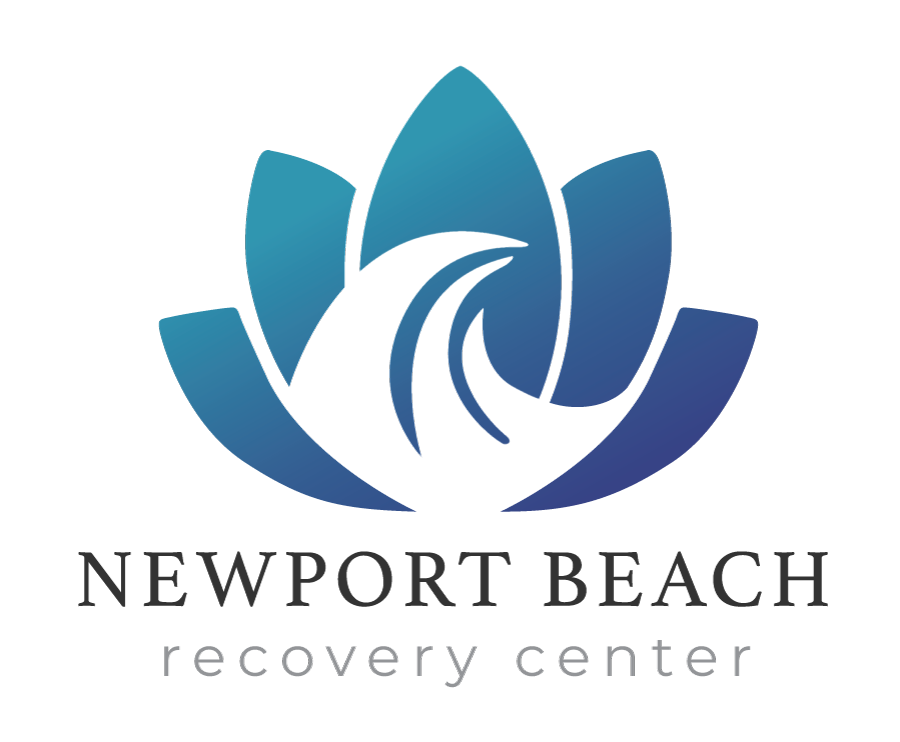Treating addiction isn’t as straightforward and uncomplicated as simply kicking a dependency to a substance. The body being weaned off drugs or alcohol through detox is only the start. Working on the mind is where the real, lasting change happens and where the ability to stick to sobriety is developed.
Therefore, it is integral in recovery to dig deep and work out the root causes of addiction through things like counseling and group therapy. To cultivate new ways of thinking and relating to situations.
But talking has its limitations as a means of expression; people sometimes aren’t necessarily comfortable verbalizing everything, and that is understandable. Given that, alternative therapies have not only grown in popularity over the years but have become integral aspects of rehab centers as a way to allow people to get their full range of emotions and thoughts out.
Art therapy is one of those alternatives and it can work wonders for people.
What Is Art Therapy?
The American Art Therapy Association defines art therapy as something which engages the mind, body, and spirit in ways that are distinct from verbal articulation alone. Kinesthetic, sensory, perceptual, and symbolic opportunities invite alternative modes of receptive and expressive communication, which can circumvent the limitations of language. Visual and symbolic expression gives voice to experience and empowers individual, communal, and societal transformation.
In other words, when it’s hard to use your words, art becomes an incredibly valuable and accessible conduit for expression.
It’s worth noting that having some high level of artistic skill isn’t a prerequisite here, you don’t need to be Picasso or DaVinci to get the benefits. The point is self-expression, not creating masterpieces to display at the Louvre.
Heck, art therapy isn’t even confined to just painting. Many types of art are used: sculpting, drawing, music, doodling, carving, finger painting, etc. you name it.
How Is Art Therapy Used in Addiction Therapy?
Art therapy is of course just one piece of a larger treatment program so its use is in conjunction with other more traditional treatment methods like the aforementioned group therapy or one on one counseling.
In addition to being able to express things that are hard to say, participating in the creative process or experiencing existing art is used therapeutically to help people explore their emotions and develop a more fine-tuned sense of self-awareness.
Effects of Art Therapy on an Addict
The positive effects can be profound and wide-ranging for those recovering from addiction:
Self-Esteem
Creating something from nothing is a powerful motivator. The feelings of accomplishment are incredibly useful building blocks for enhancing self-esteem and regaining confidence in yourself.
Emotional Relief
Holding in thoughts and emotions for a lack of a way of getting them out is a painful burden to carry. Finding a means of expression through art therapy can relieve you of that weight.
Self-Discovery
Like the emotional relief, the process of creation is inherently one of self-discovery. While looking within yourself, you very well may stumble on buried thoughts and feelings that the art allows you to work through.
Stress and Anxiety Relief
Immersing yourself in the creative process naturally reduces stress and anxiety. Painting while stressed actually lowers feelings of stress and it’s been shown that music therapy, like movement to music, is associated with a decrease in anxiety, depression, anger, and stress.
Reach Out to Us Today at Newport Beach Recovery Center
The world of art therapy is in many ways a magical one. Tapping into the natural creativity we all possess to learn more about ourselves and strive towards getting better in the process is a profound complementary tool to traditional treatment programs. At Newport Beach Recovery Center, we’ve seen the transformative power ourselves and are huge advocates of it, get in touch with us and we’d be happy to give you more information on the benefits of art therapy.



